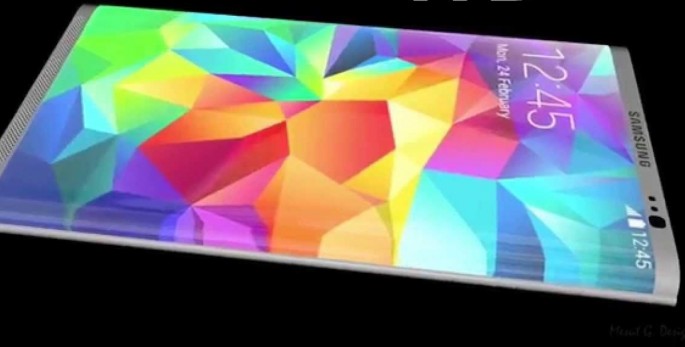Samsung fans can remember the uproar in 2015 when the Korean tech giant shipped its Galaxy S6 with two different camera sensors. Some of the smartphones came with a Sony sensor, which turned out to be a little bit superior, and the rest came with Samsung's ISOCELL sensor.
According to Android Authority, Samsung is at it again, with both ISOCELL and Sony IMX260 sensors be used in the Galaxy S7 and S7 Edge. It might seem normal, but the way things turned out last year when side-by-side stills were taken with the two cameras, there was a general liking for Sony outcomes. This does not imply that Samsung's ISOCELL sensor is bad, but when clients are purchasing a top-notch flagship, they would not want to think they might get a worse camera than their neighbor with the same phone.
From what has been released online so far, it appears like most US-bound Galaxy S7 and S7 Edge phones running on Qualcomm Snapdragon 820 tend to use the Sony sensor. In the UK, a number of Galaxy S7 smartphones have the ISOCELL, but Exynos-equipped S7s and S7 Edges have Sony IMX260.
The kind of sensor one believes is better is based on individual preference, as the main differences in 2015 were that the Sony sensor gave slightly warmer tones in daylight, a blueish tint in low light conditions, and slightly larger still size compared to Samsung's ISOCELL sensor, according to a different report by the same publication.
Samsung makes such a decision most likely based on the supply chain. It is hard to have enough stock of one sensor to use in all Galaxy S7 variants worldwide. In the event there is a shortage in one supply chain, the company simply replaces it with the other sensor, to ensure continuous production.
Finding out which sensor a specific Galaxy S7 or S7 Edge uses, a customer will have to install AIDA64 and check the top line under Devices. The Sony IMX260 will be listed with the same name, while the Samsung ISOCELL sensor will be listed SLSI for System LSI.
Meanwhile, watch the clip below for more details on Samsung Galaxy S7 Edge.




























